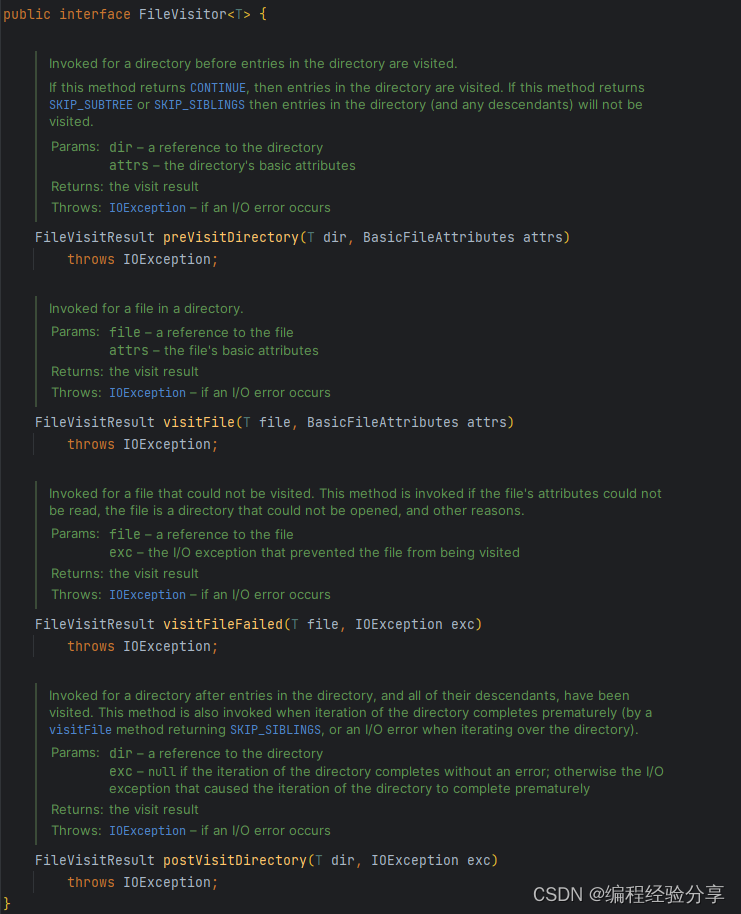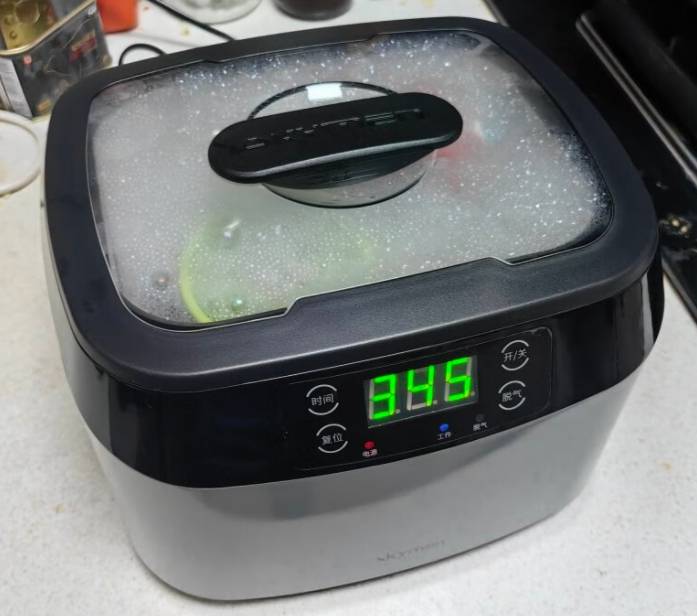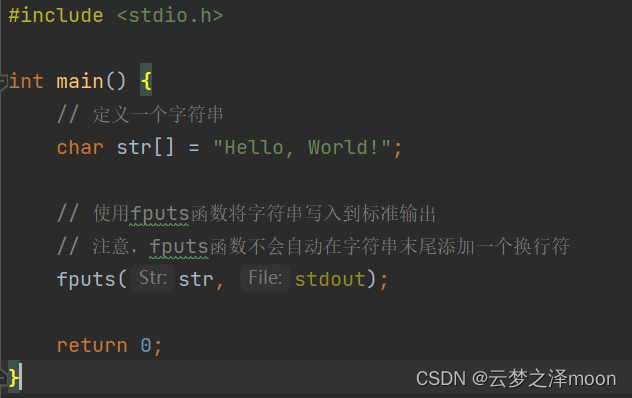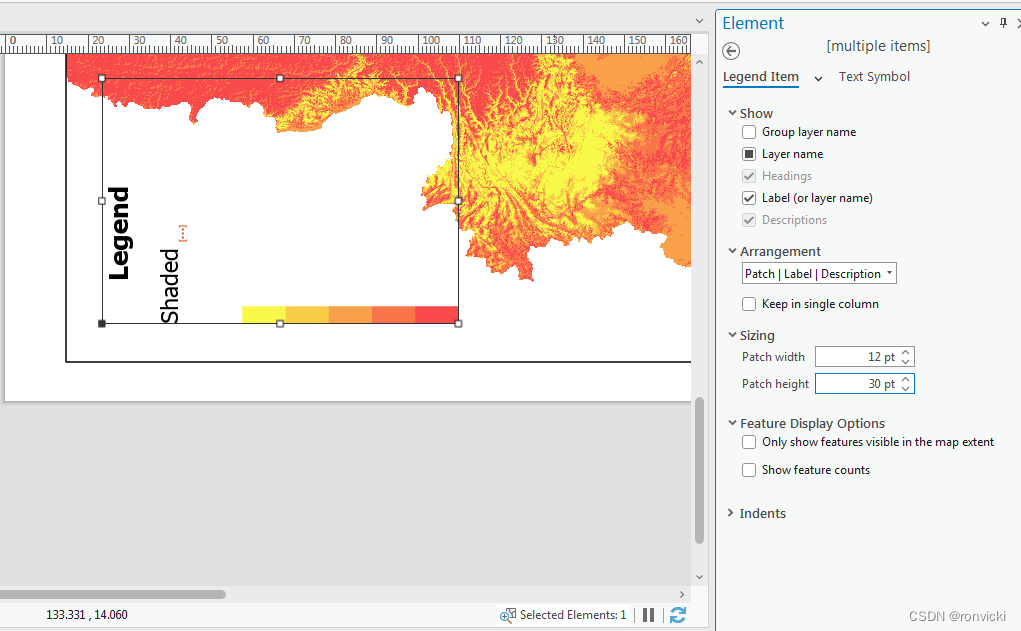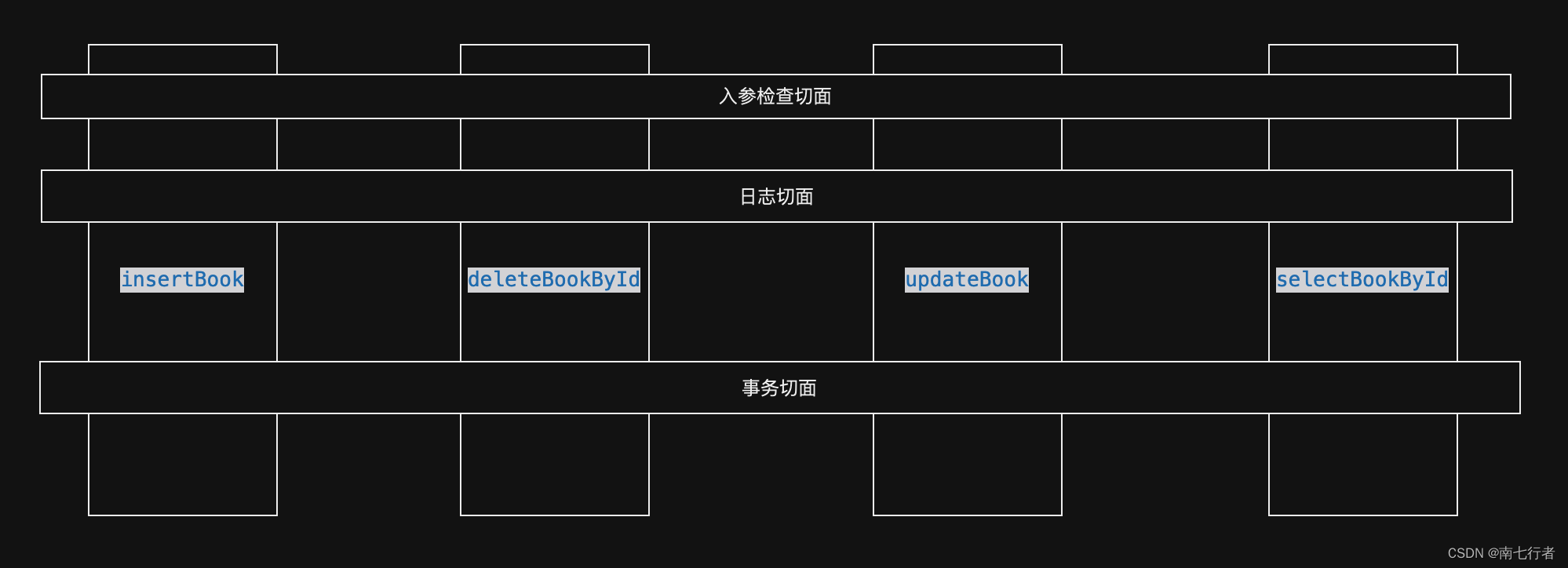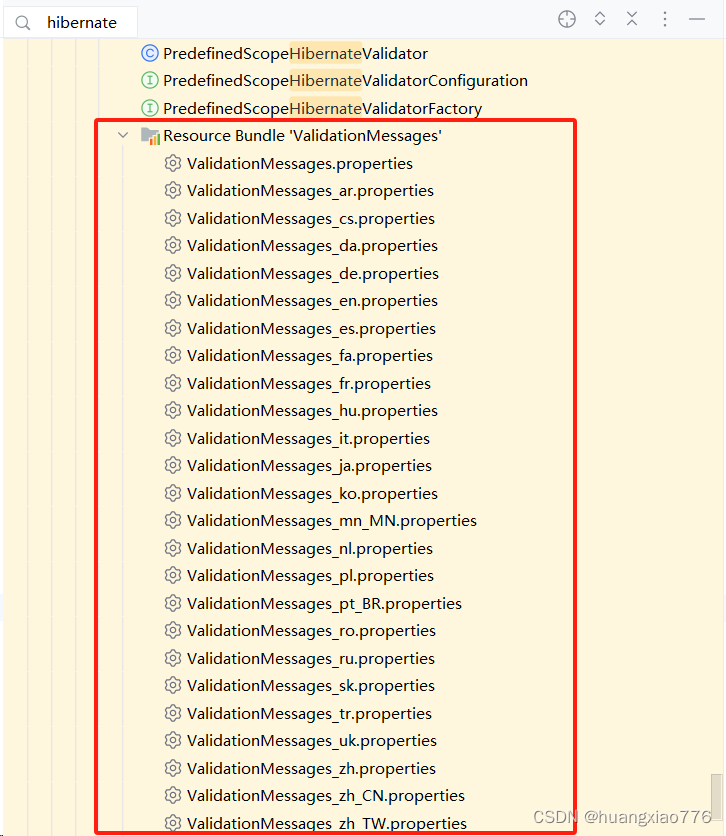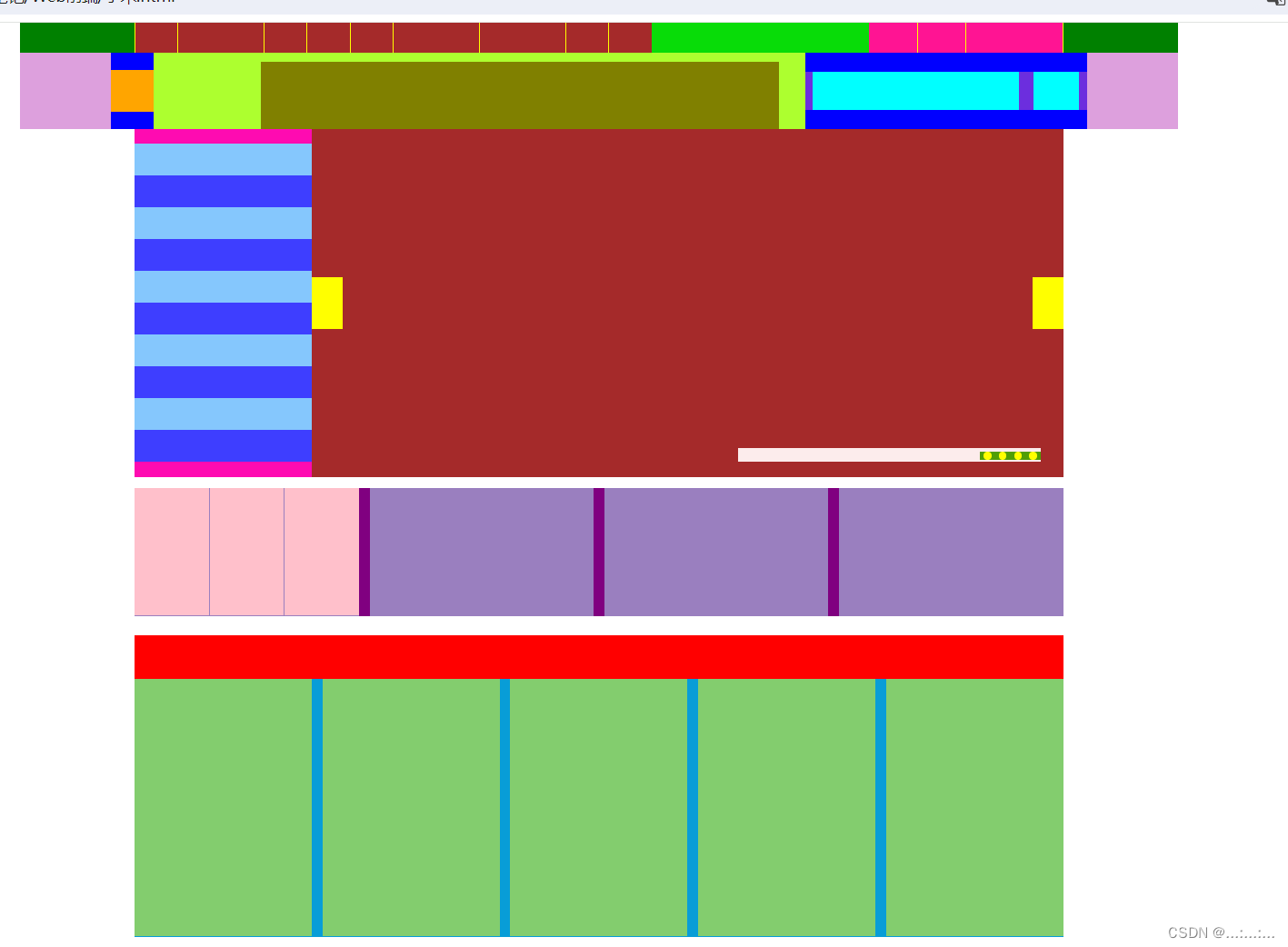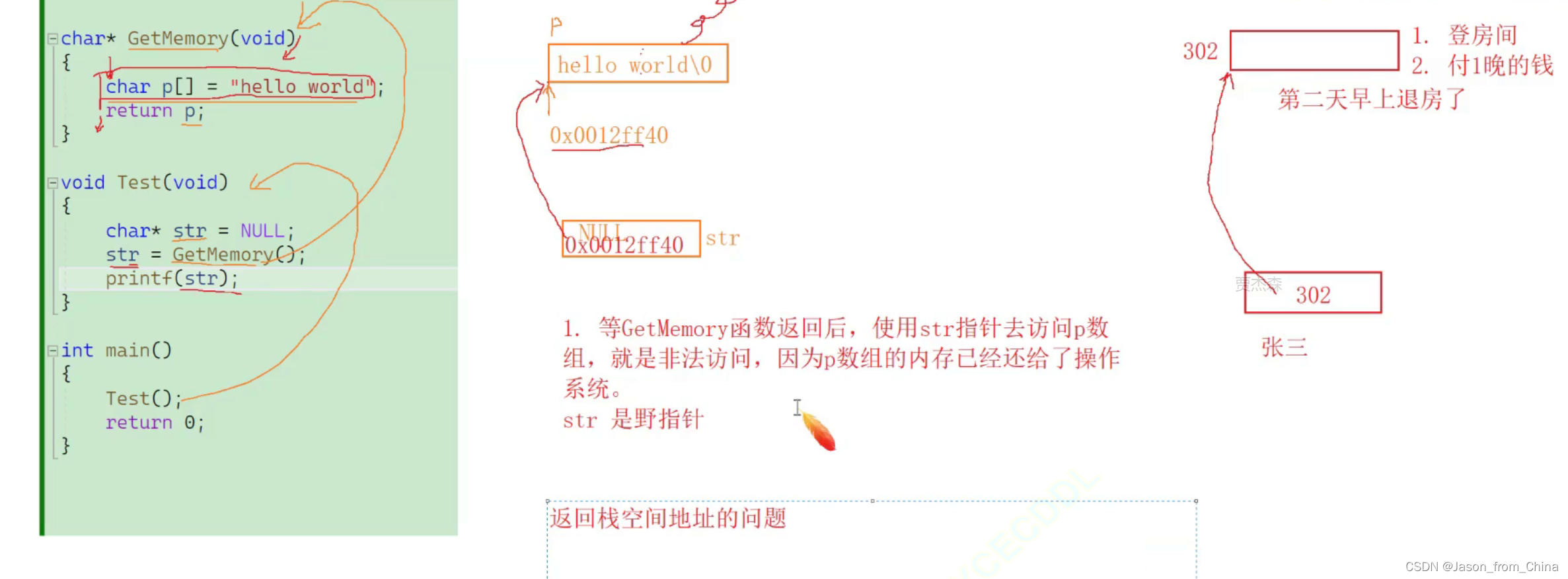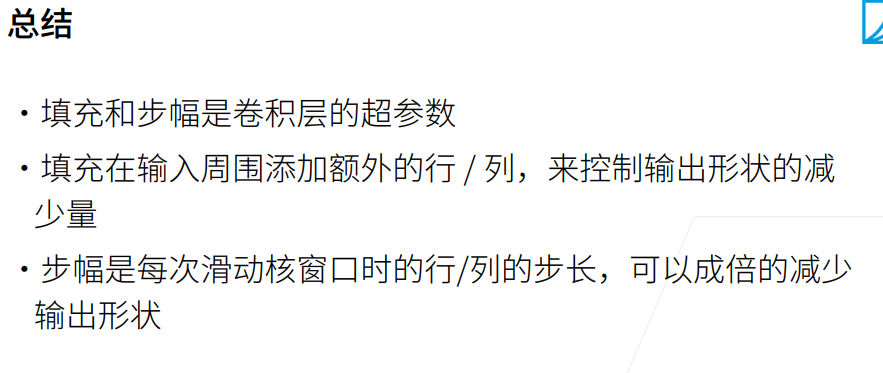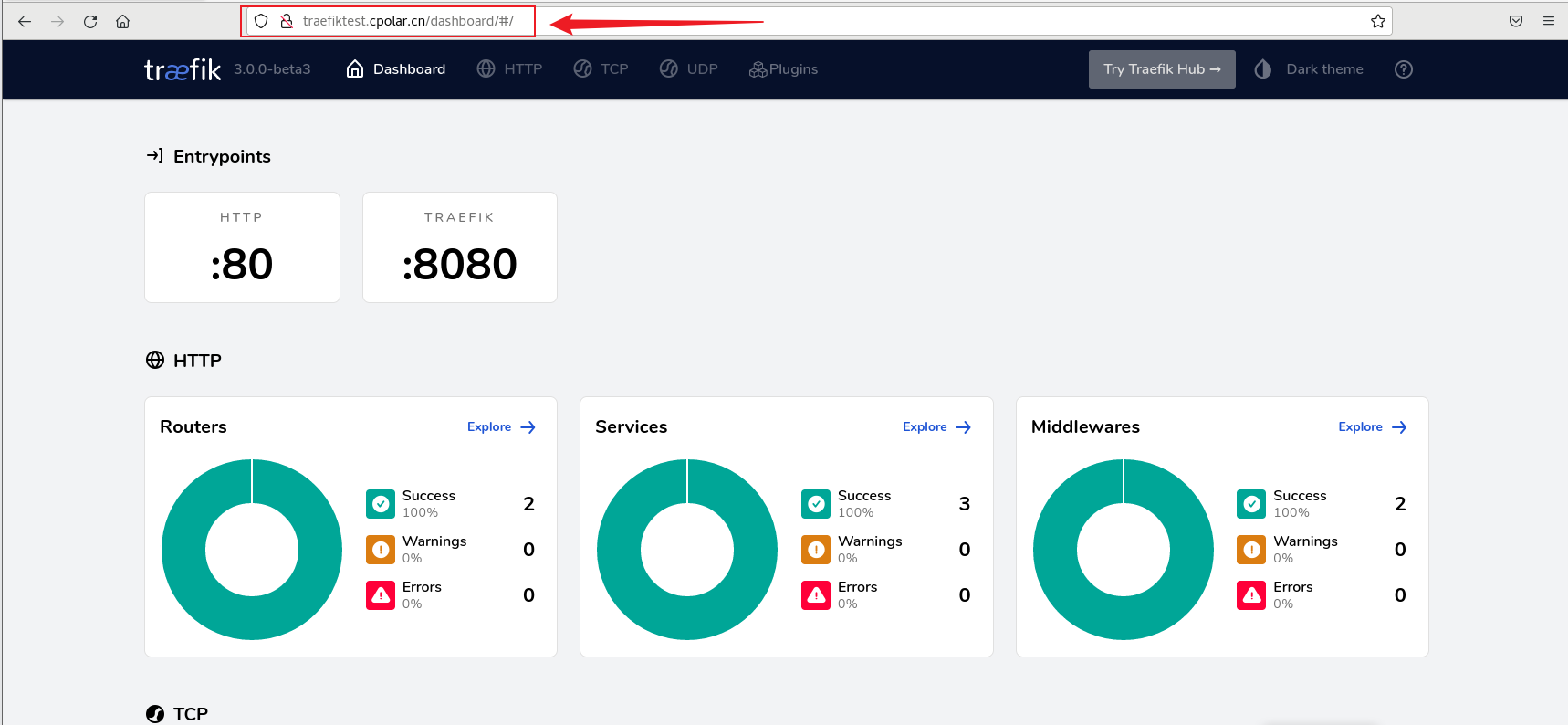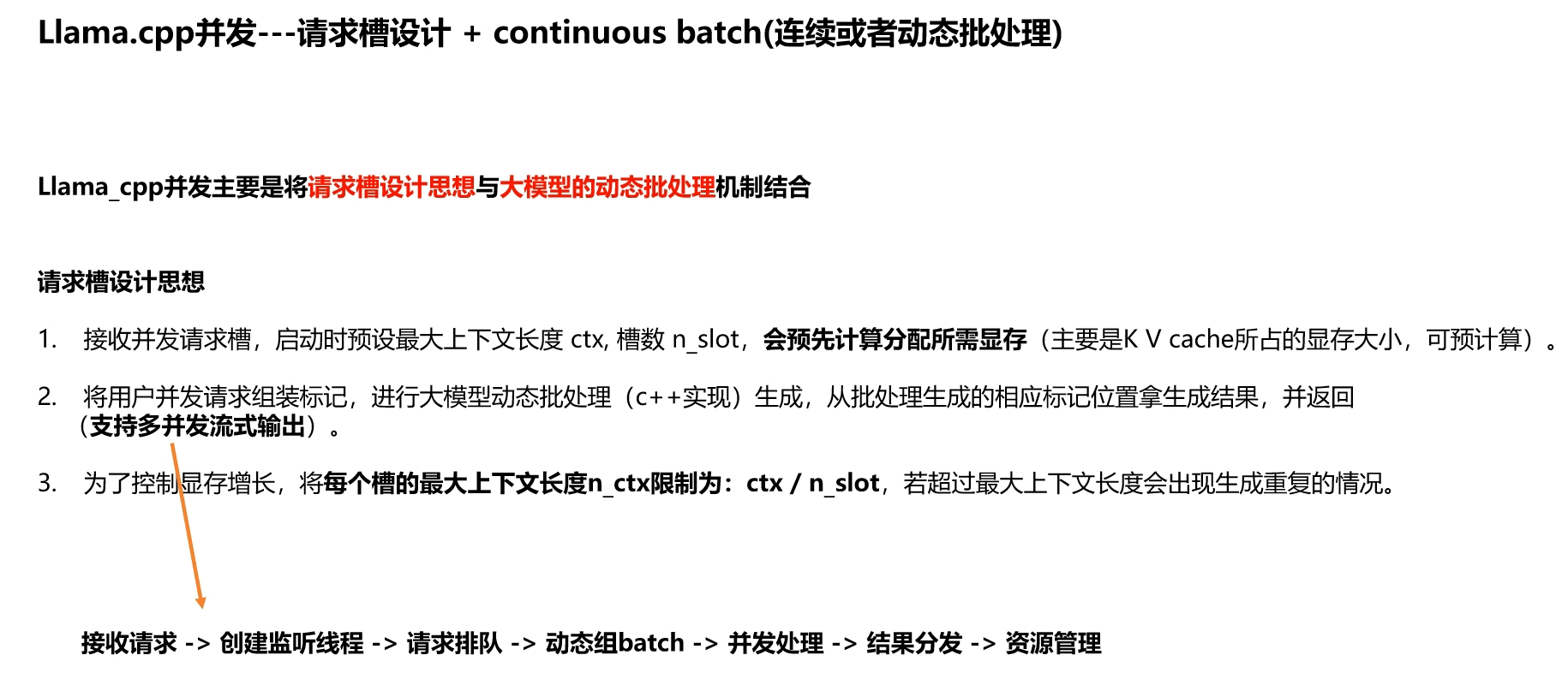系列文章目录
手写SpringBoot(一)之简易版SpringBoot
手写SpringBoot(二)之动态切换Servlet容器
手写SpringBoot(二)之动态切换Servlet容器
文章目录
- 系列文章目录
- 手写SpringBoot(二)之动态切换Servlet容器
本节着重介绍@ConditionOnClass的由来
我们在切换serlvet容器的时候,会将SpringBoot默认的tomcat jar包给排除掉,换上我们需要的jar包,比如jetty。如下图所示
<?xml version="1.0" encoding="UTF-8"?>
<project xmlns="http://maven.apache.org/POM/4.0.0"xmlns:xsi="http://www.w3.org/2001/XMLSchema-instance"xsi:schemaLocation="http://maven.apache.org/POM/4.0.0 http://maven.apache.org/xsd/maven-4.0.0.xsd"><modelVersion>4.0.0</modelVersion><parent><groupId>cn.axj</groupId><artifactId>spring-boot-base</artifactId><version>1.0-SNAPSHOT</version></parent><artifactId>user-service</artifactId><properties><maven.compiler.source>8</maven.compiler.source><maven.compiler.target>8</maven.compiler.target><project.build.sourceEncoding>UTF-8</project.build.sourceEncoding></properties><dependencies><dependency><groupId>cn.axj</groupId><artifactId>my-spring-boot</artifactId><version>1.0-SNAPSHOT</version><exclusions><exclusion><groupId>org.apache.tomcat.embed</groupId><artifactId>tomcat-embed-core</artifactId></exclusion></exclusions></dependency><dependency><groupId>org.eclipse.jetty</groupId><artifactId>jetty-server</artifactId><version>9.4.43.v20210629</version></dependency></dependencies>
</project>
实现思路:
- 定义一个WebServer顶层接口
- 将tomcat和jetty的实现类加载到容器中,并根据条件判断,动态加载tomcat或者jetty的实现类
- 在servlet容器启动前动态获取WebServer,并通过WebServer启动
定义webServer
package cn.axj.springboot.my.web.container;public interface WebServer {void start(WebApplicationContext webApplicationContext);
}
实现WebServer
package cn.axj.springboot.my.web.container;public class TomcatWebServer implements WebServer{@Overridepublic void start(WebApplicationContext webApplicationContext) {}
}
package cn.axj.springboot.my.web.container;public class JettyWebServer implements WebServer{@Overridepublic void start(WebApplicationContext webApplicationContext) {}
}
定义WebServerAutoConfiguration类
package cn.axj.springboot.my.config;import cn.axj.springboot.my.annnotation.MyConditionalOnClass;
import cn.axj.springboot.my.web.container.JettyWebServer;
import cn.axj.springboot.my.web.container.TomcatWebServer;
import org.springframework.context.annotation.Bean;
import org.springframework.context.annotation.Configuration;@Configuration
public class WebServerAutoConfiguration {/*** 根据jar包是否有 org.apache.catalina.startup.Tomcat类来判断是否加载tomcatServer* @return*/@Bean@MyConditionalOnClass("org.apache.catalina.startup.Tomcat")public TomcatWebServer tomcatWebServer() {return new TomcatWebServer();}/*** 根据jar包是否有 org.eclipse.jetty.server.Server类来判断是否加载jettyServer* @return*/@Bean@MyConditionalOnClass("org.eclipse.jetty.server.Server")public JettyWebServer jettyWebServer(){return new JettyWebServer();}
}如何实现动态加载?
- 定义MyConditionalOnClass注解
- 利用Spring的@Conditional注解标记
- 定义Conditional条件判断类
定义MyConditionalOnClass注解,利用@Conditional注解定义动态加载逻辑
@Conditional源码如下,内部有一个Class对象需要实现Condition接口
public @interface Conditional {Class<? extends Condition>[] value();
}
@Conditional(MyClassCondition.class) 逻辑是通过Condition接口里面的matches方法动态判断
package cn.axj.springboot.my.annnotation;import cn.axj.springboot.my.condition.MyClassCondition;
import org.springframework.context.annotation.Conditional;import java.lang.annotation.ElementType;
import java.lang.annotation.Retention;
import java.lang.annotation.RetentionPolicy;
import java.lang.annotation.Target;@Retention(RetentionPolicy.RUNTIME)
@Target({ElementType.TYPE,ElementType.METHOD})
@Conditional(MyClassCondition.class)
public @interface MyConditionalOnClass {String value();
}
MyClassConditional如下
package cn.axj.springboot.my.condition;import cn.axj.springboot.my.annnotation.MyConditionalOnClass;
import org.springframework.context.annotation.Condition;
import org.springframework.context.annotation.ConditionContext;
import org.springframework.core.type.AnnotatedTypeMetadata;import java.util.Map;
import java.util.Objects;/*** 定义一个自定义的条件类* 该类主要用于根据条件动态加载Bean**/
public class MyClassCondition implements Condition {@Overridepublic boolean matches(ConditionContext context, AnnotatedTypeMetadata metadata) {Map<String, Object> annotationAttributes = metadata.getAnnotationAttributes(MyConditionalOnClass.class.getName());/*** 获取{@link MyConditionalOnClass}注解中的属性值* 例如:@MyConditionalOnClass(value = "com.example.MyBean")* 则可以通过annotationAttributes.get("value")获取到"com.example.MyBean"*/String className = (String) annotationAttributes.get("value");try {Objects.requireNonNull(context.getClassLoader()).loadClass(className);} catch (ClassNotFoundException e) {//没有找到该类,则返回falsereturn false;}return true;}
}总体实现逻辑,由Spring提供的@Conditional条件注解动态加载bean机制,
- 封装@ConditionOnClass注解,并将@Conditional注解组合到该注解上面,@conditionOnClass的核心就是@Condition
- 通过定义value属性,来暴力传参,将tomcat或者jetty的核心类名传到Condition接口的matches方法下
- 通过Condition的matches方法匹配是否加载该bean
至此已实现在Spring中动态加载WebServer,在MyApplication.run方法中,从Spring容器中获取WebServer对象,并开启WebServer
public static void run(Class<?> clazz,String[] args) {//启动Spring容器AnnotationConfigWebApplicationContext annotationConfigApplicationContext = new AnnotationConfigWebApplicationContext();annotationConfigApplicationContext.register(clazz);annotationConfigApplicationContext.refresh();//启动tomcat容器WebServer webServer = getWebServer(annotationConfigApplicationContext);webServer.start();}private static WebServer getWebServer(AnnotationConfigWebApplicationContext annotationConfigApplicationContext) {Map<String, WebServer> webServerMap = annotationConfigApplicationContext.getBeansOfType(WebServer.class);if(webServerMap.isEmpty()){throw new RuntimeException("web server is null");}if(webServerMap.size() > 1){throw new RuntimeException("找到多个web server,只能有一个WebServer" + webServerMap.values());}return webServerMap.values().stream().findFirst().get();}
至此,项目结构如下图

WebContainer已废弃
启动user-service模块,抛出异常
Exception in thread "main" org.springframework.beans.factory.NoSuchBeanDefinitionException: No qualifying bean of type 'cn.axj.springboot.my.web.container.WebServer' available
由于Spring容器中不存在WebServer对象,这是为什么?
在 WebServerAutoConfiguration 中定义的WebServer两个对象不会被Spring扫描到,因为在@MySpringBootApplication中配置的@ComponentScan扫描的包路径并不包括my-spring-boot中的路径。所以不会被Spring容器扫描到,自然不会加载到容器中。
解决办法,
- 在UserApplication中使用
@Import(WebServerAutoConfiguration.class)将WebServerAutoConfiguration 配置类加载到Spring的Configuration中。但是这样对于用户来说,不太美好。 - 将
@Import(WebServerAutoConfiguration.class)加载到@MySpringbootApplication注解上,这样Spring在扫描该组合注解的时候,会扫描到Import标签,并将WebServerAutoConfiguration配置类解析并加载到容器中。
最后,实现TomcatWebServer和JettyWebServer的start()方法
tomcat
package cn.axj.springboot.my.web.container;import org.apache.catalina.*;
import org.apache.catalina.connector.Connector;
import org.apache.catalina.core.StandardContext;
import org.apache.catalina.core.StandardEngine;
import org.apache.catalina.core.StandardHost;
import org.apache.catalina.startup.Tomcat;
import org.springframework.web.context.WebApplicationContext;
import org.springframework.web.servlet.DispatcherServlet;public class TomcatWebServer implements WebServer{@Overridepublic void start(WebApplicationContext webApplicationContext) {System.out.println("启动TomcatWeb容器");Tomcat tomcat = new Tomcat();Server server = tomcat.getServer();Service service = server.findService("Tomcat");Connector connector = new Connector();connector.setPort(8080);StandardEngine engine = new StandardEngine();engine.setDefaultHost("localhost");Host host = new StandardHost();host.setName("localhost");String contextPath = "";Context context = new StandardContext();context.setPath(contextPath);context.addLifecycleListener(new Tomcat.FixContextListener());host.addChild(context);engine.addChild(host);service.setContainer(engine);service.addConnector(connector);//配置dispatcherServlet,Springmvc专属tomcat.addServlet(contextPath,"dispatcher",new DispatcherServlet(webApplicationContext));context.addServletMappingDecoded("/*","dispatcher");try {tomcat.start();} catch (LifecycleException e) {throw new RuntimeException(e);}}
}jetty
这里先留个坑,这里实现应该不是由SpringBoot去实现。想一想,SpringBoot不可能将所有serlvet容器的jar包都引入,如果不引入,没有这个jar包如何实现?这里应该是由各servlet去适配。所以SpringBoot只需提供接口。

